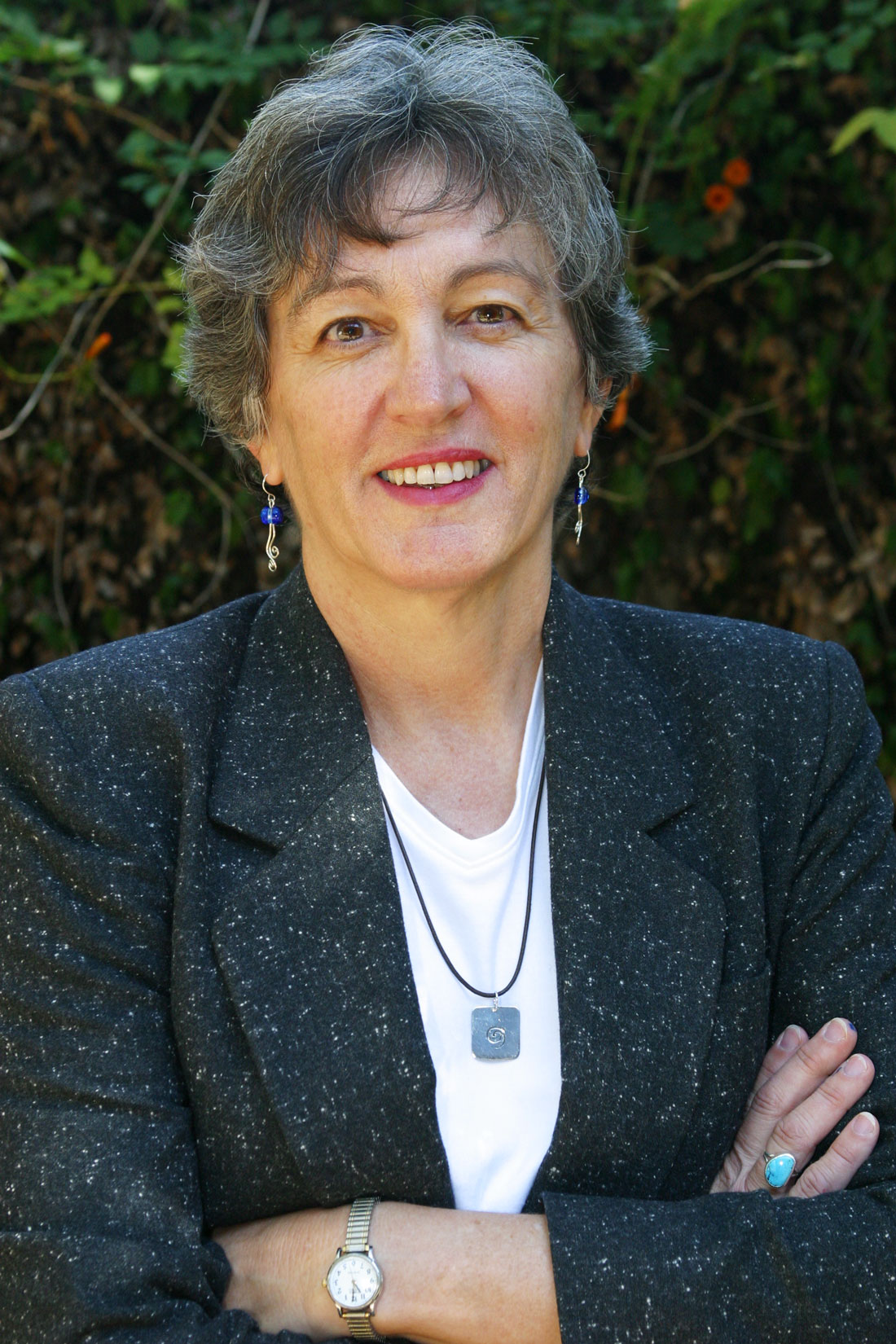Who’s watching for dangers in engineered foods? Not the government.
By Carey Hix
Even if you know that GMO isn’t the latest Clash cover band and you buy your organic potatoes and leafy greens locally grown, that doesn’t mean that you’re safe from genetically modified organisms. In fact, GMOs are everywhere, including in some whole, fresh foods and a whopping 70 percent of processed foods (mostly those containing soy, corn, or canola oil). And they have so many potential dangers, including serious illness, that even fast-food giant McDonald’s has promised not to use GM potatoes for its fries. So whether you shop at Whole Foods or just want a whole lot of junk food, you should be – no, you need to be – concerned about where your food is coming from and what kind of genetic alteration is being done to it.
What exactly are GMOs? Typically, they are genetically altered plants that possess herbicide resistance (called Roundup Ready crops) and insecticide (Bt crops). GMOs are created by mixing plant genes with genes from other organisms, mainly bacteria and viruses, that infect cells and reproduce in order to help the plants withstand exposure to toxic herbicides. In the case of Bt crops, genetically altered insecticide is packed into every cell of the plant. Mmm, insecticide you can’t wash off!
But aren’t the U.S. Department of Agriculture and Food and Drug Administration supposed to be protecting us from harmful chemicals and genetically manipulated foods? Hardly. Recently the USDA began an initiative to take away state and county rights to make laws concerning GMOs. And the FDA has approved allowing meat and milk from cloned animals and their offspring to enter our food supply. In fact, the regulatory agencies refuse to require mandatory labeling of GMO “foods,” despite the fact that 87 percent of consumers polled believe they should be.
Why would agencies that are supposed to protect consumers allow this to happen? It could have something to do with the fact that the USDA and FDA are commonly staffed by former employees of the companies that make the GMOs. And sometimes, after the GMOs are approved, those same employees go right back to their high positions at the companies. This “revolving door” between the regulators and those they regulate would be considered an outrageous conflict of interest in any other field but is, for the most part, conveniently overlooked when it comes to what you and I eat.
The USDA and FDA are afraid of consumers knowing about the dangers of GMOs for several reasons.
1. Everyone’s doing it. Many scientists, including the FDA’s own, have warned about GMOs’ potential dangers, from new food allergens to increased cancer risk, and the studies keep a-coming. A recent Austrian government report showed that mice that ate GMO maize had lowered fertility. Lesions were found in the stomachs of the test rats for the first GMO tomato, the Flavr Savr. And many other nations – including Japan, the European Union, Australia, and New Zealand – ban GMO crops and require labels for the foods, so consumers know what they are buying (or avoiding). All of this makes FDA’s approval of GMOs even more baffling.
Still, hope for our future does exist: Many well-known companies in the natural and organic foods sector, including Texas-based Whole Foods, will be supporting a labeling campaign in October 2009.
2. Consider the source. The gigantic chemical-turned-“agricultural” companies behind the technology of genetically engineered food have some of the worst reputations in U.S. history for activities such as pollution, deception, and corruption. According to The Washington Post, Monsanto, the leader of the biotech giants, poisoned the town of Anniston, Ala., by dumping toxic PCBs there in the 1960s and ’70s and then failed to reveal the danger to the residents for decades. If these companies have been lying to citizens for years, why trust them with our food now?
3. Regulation is a joke right now. Currently, GMOs are “regulated” through a process that asks companies to give summaries of their own research to regulators for review – no outside review process is required. And as you can imagine, companies that stand to profit from a product are hesitant to provide details that could cause it to be turned down. There have been numerous reports of data falsification and ignoring of undesirable results. How can this be changed? By requiring independent third parties to study and review GMOs and by offering clear labeling to let consumers know what is in the food.
4. Weird Science. According to a New York Times article, the science behind biotechnology is not yet fully understood. The food industry doesn’t appear to be worried that genetically modified genes operate as part of a larger network of genes and molecules. When one gene is modified, what does that mean for the rest of the genes in the food or for the genes of the human who eats it?
So who’s steering this ship? The U.S. government and the food companies can’t seem to decide who’s in charge of consumer safety, and the only loser is, well, you and me. In an article in New York Times Magazine, Philip Angell, Monsanto’s director of corporate communications, claimed that “Monsanto should not have to vouchsafe the safety of biotech food. Our interest is in selling as much of it as possible. Assuring its safety is the FDA’s job.” Which would be fine if the FDA’s official policy wasn’t as follows: “Ultimately, it is the food producer who is responsible for assuring safety.”
Those who argue in favor of GMOs tend to lean on three misconceptions. The first is that GMOs will feed the poor and save the world. But according to Martin Taylor, CEO of Syngenta (a company that makes GMOs), these genetically modified foods are used to feed animals in rich nations and won’t help the food crisis for decades. And even if GMOs are distributed, who says other countries would want them? In 2002, for example, Zambia rejected U.S. food aid during a famine because GM corn was all that was available. Don’t accuse the Zambian government of being picky – they had legitimate health and trade concerns.
Second is the idea that GMOs will increase food production. In fact, most experts say distribution rather than production of food is the problem for hungry nations. And even Monsanto representatives admit that GM crops don’t necessarily produce higher yields.
Finally, companies that make GMOs claim that consumers have been eating GMOs for the past two decades with no health problems to speak of. But why would people with allergic reactions or severe digestive problems think to blame GMOs if they had no clue they had eaten genetically modified food? With no labels and no traceability, it’s no wonder the industry spends so much money trying to prevent consumers from knowing when they’re consuming GMOs.
So what can you do? Buying organic certainly helps, but being proactive in terms of labeling initiatives is even better. U.S. Rep. Dennis Kucinich introduced three bills this summer to force labeling of GMOs and to protect farmers and food safety. Contact your member of Congress and ask him or her to vote in favor of these initiatives.
In the meantime, bon appetit – and buyer beware.
Carey Hix, a former TCU Daily Skiff staffer, teaches English at North Texas colleges.











